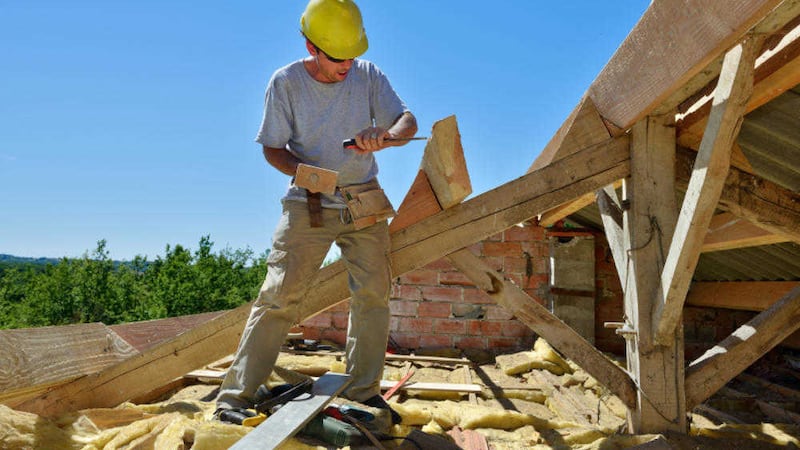NORTHERN Ireland could sustain another house price bubble if the number of new homes being built isn't drastically increased.
The warning was sounded by head of the Construction Employers Federation (CEF) John Armstrong as the industry body revealed the findings of its latest survey into the state of the sector.
The quarterly survey, compiled with business advisors PwC found the industry was facing an uncertain outlook.
Mr Armstrong said a lack of lending was holding up new house builds leading to fears of a rapid rise in prices.
"Supply is not meeting demand - my concern is that there is the danger of creating another housing bubble," he said.
Mr Armstrong called on politicians to "get their act together" and help build confidence for the overall construction sector.
The survey found a third of the north's largest building firms said their main priority over the next year was to stabilise their operations.
Meanwhile, 16 per cent of companies said they were running in survival mode.
Just 38 per cent of firms said profitability or growth was their main priority.
And just 19 per cent of companies surveyed were operating at full capacity in the three months to June.
Mr Armstrong said the industry faced a number of challenges including a shortage of opportunities to build homes, a scarcity of government contracts and a growing trend of large companies working in Britain rather than the north.
On housebuilding, he said the sector was well below the guidance to construct around 11,300 new homes a year.
"Currently, we are building 5,300," he said.
"A review is taking place to reduce the guidance of 11,300 but even it was halved, we'd still be below the figure."
He said the situation had led to real fears of a new house price bubble as demand outstrips supply.
He warned that while data suggested workload and employment levels were on the up, this was being boosted by companies operating outside the north.
“There is increasing evidence of companies reporting increased workload and employment, but where orders were being won in London, Manchester and other construction hotspots in GB where workers are commuting to work outside Northern Ireland," he said.
“In 2014, we estimated that the largest local construction companies generated up to two-thirds of their turnover - over £1 billion - outside Northern Ireland. But, as much of this evidence remains anecdotal, we have now expanded our quarterly survey to include work undertaken outside Northern Ireland– even where the workers are being paid in Northern Ireland.
“We will report on these findings in future surveys but, in the absence of major public and private contracts here in Northern Ireland, some of our biggest firms may find the GB market more buoyant and more profitable. That could mean that, if the local market returns, the construction companies, may not."
PwC's chief economist in Northern Ireland Dr Esmond Birnie said the "relatively downbeat data" reflected other data that suggested economic recovery was slowing.
“Putting the survey in context, since 2007, Northern Ireland’s construction industry has been the most severely impacted sector in terms of both output and employment," he said.
“The impact of the financial crisis on the industry here was considerably worse than in GB; and, while local constriction companies have won considerable volumes of new work in GB, the current level of output in Northern Ireland alone remains around 40 per cent below the level experienced pre-2007."







